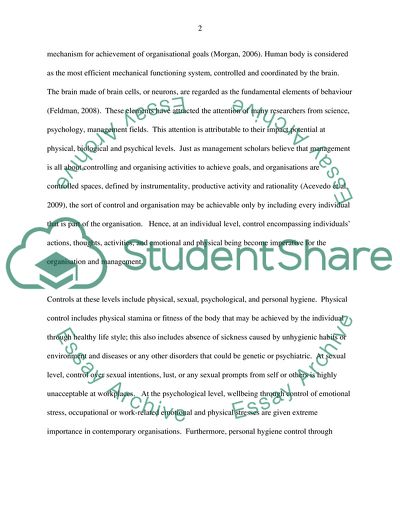Cite this document
(The Occupational Health Hazards Term Paper Example | Topics and Well Written Essays - 2500 words, n.d.)
The Occupational Health Hazards Term Paper Example | Topics and Well Written Essays - 2500 words. Retrieved from https://studentshare.org/sociology/1743284-should-managers-be-attempting-to-manage-the-employees-body
The Occupational Health Hazards Term Paper Example | Topics and Well Written Essays - 2500 words. Retrieved from https://studentshare.org/sociology/1743284-should-managers-be-attempting-to-manage-the-employees-body
(The Occupational Health Hazards Term Paper Example | Topics and Well Written Essays - 2500 Words)
The Occupational Health Hazards Term Paper Example | Topics and Well Written Essays - 2500 Words. https://studentshare.org/sociology/1743284-should-managers-be-attempting-to-manage-the-employees-body.
The Occupational Health Hazards Term Paper Example | Topics and Well Written Essays - 2500 Words. https://studentshare.org/sociology/1743284-should-managers-be-attempting-to-manage-the-employees-body.
“The Occupational Health Hazards Term Paper Example | Topics and Well Written Essays - 2500 Words”, n.d. https://studentshare.org/sociology/1743284-should-managers-be-attempting-to-manage-the-employees-body.


